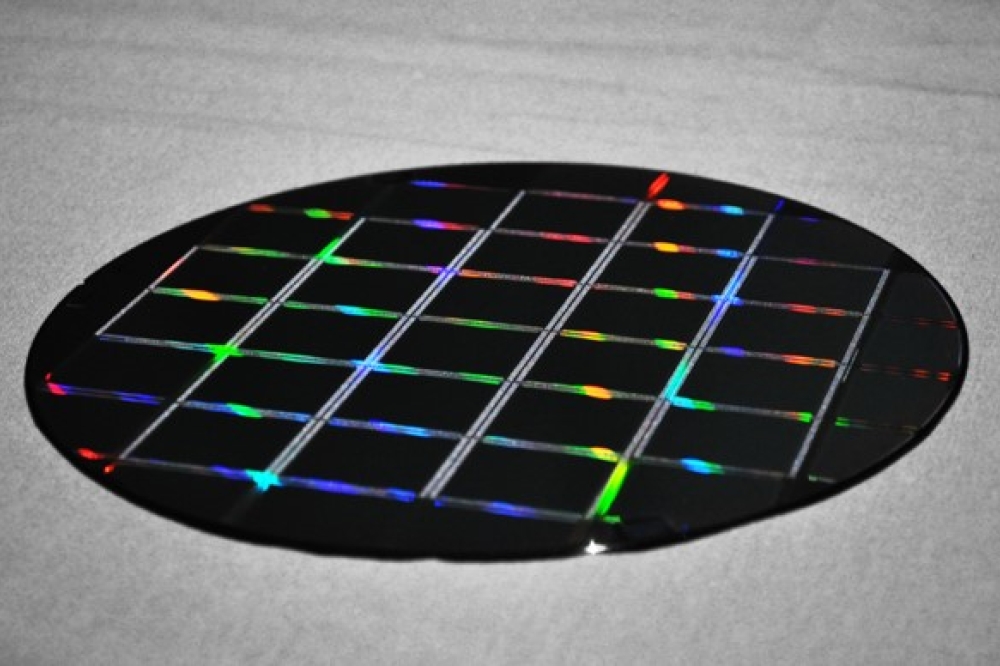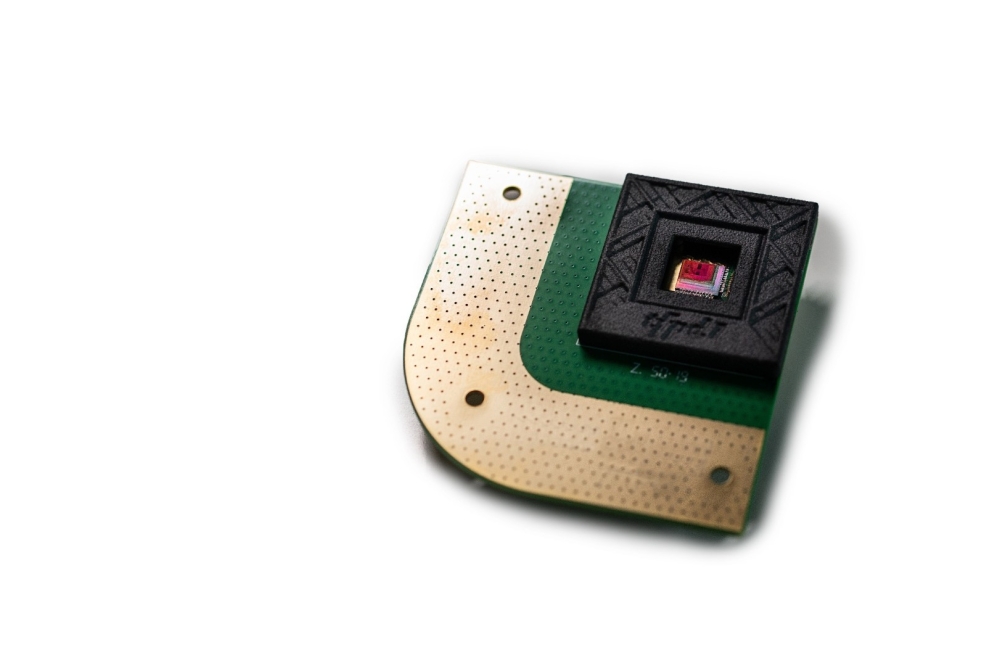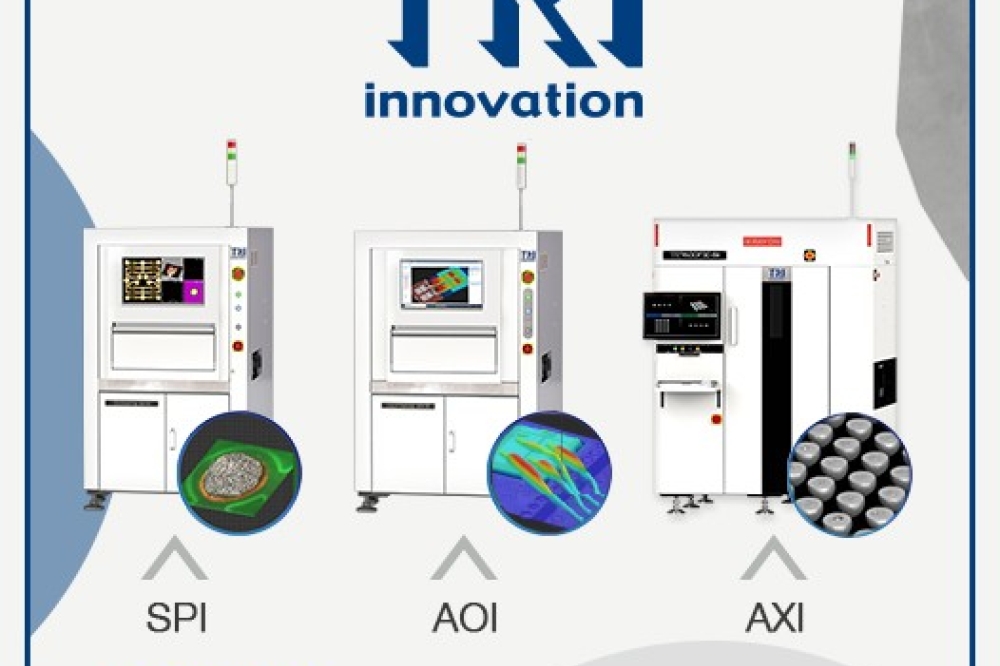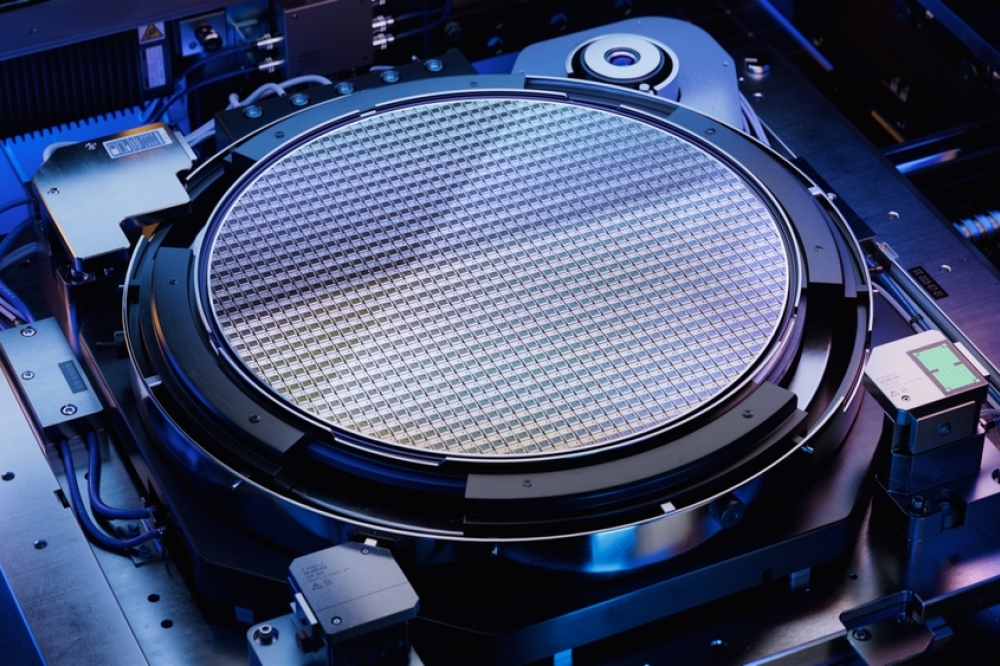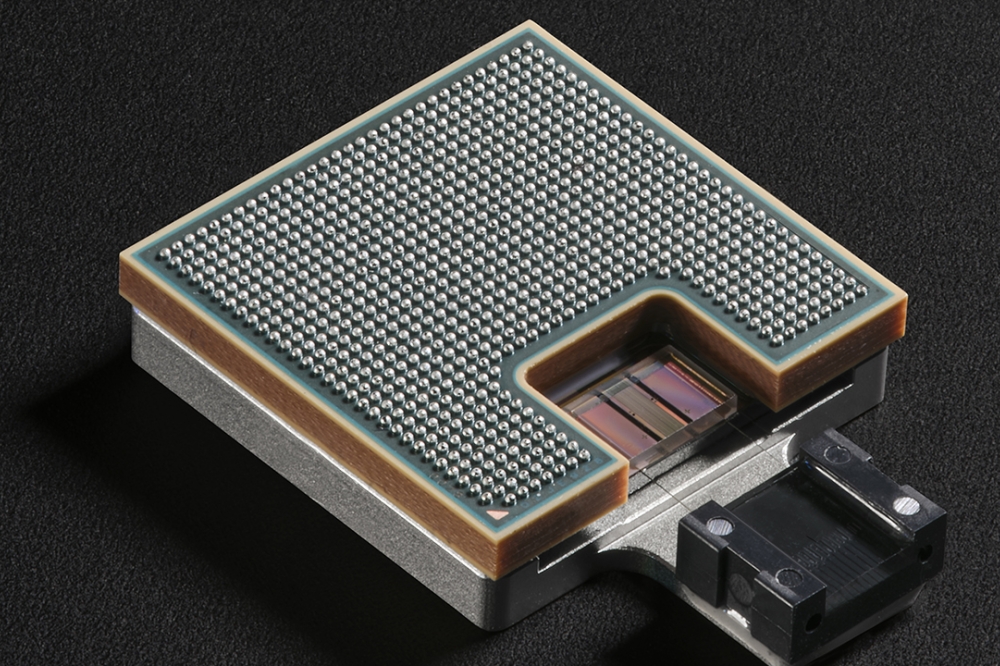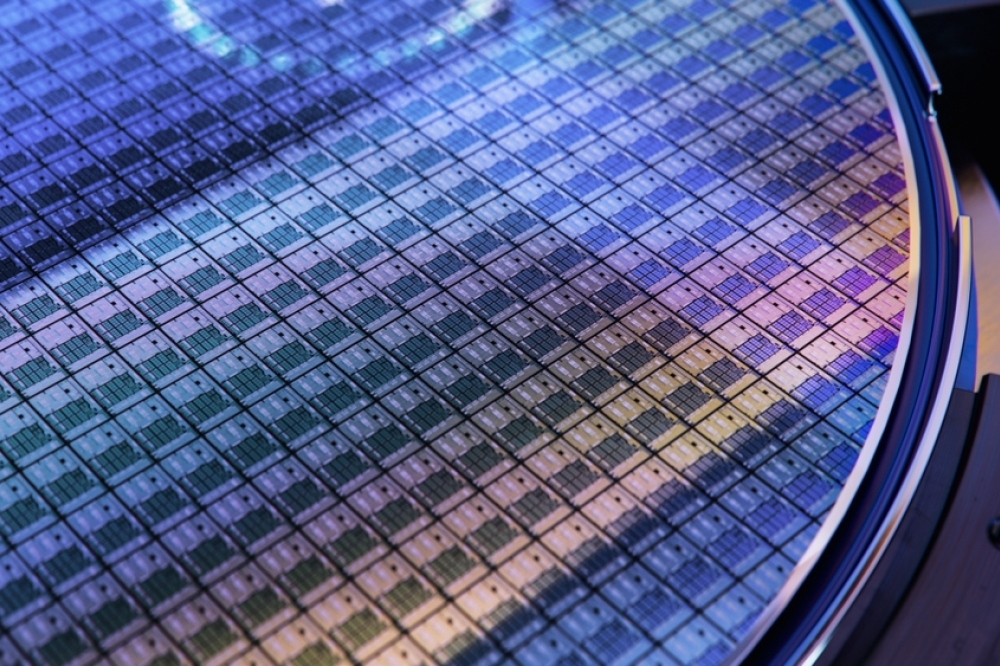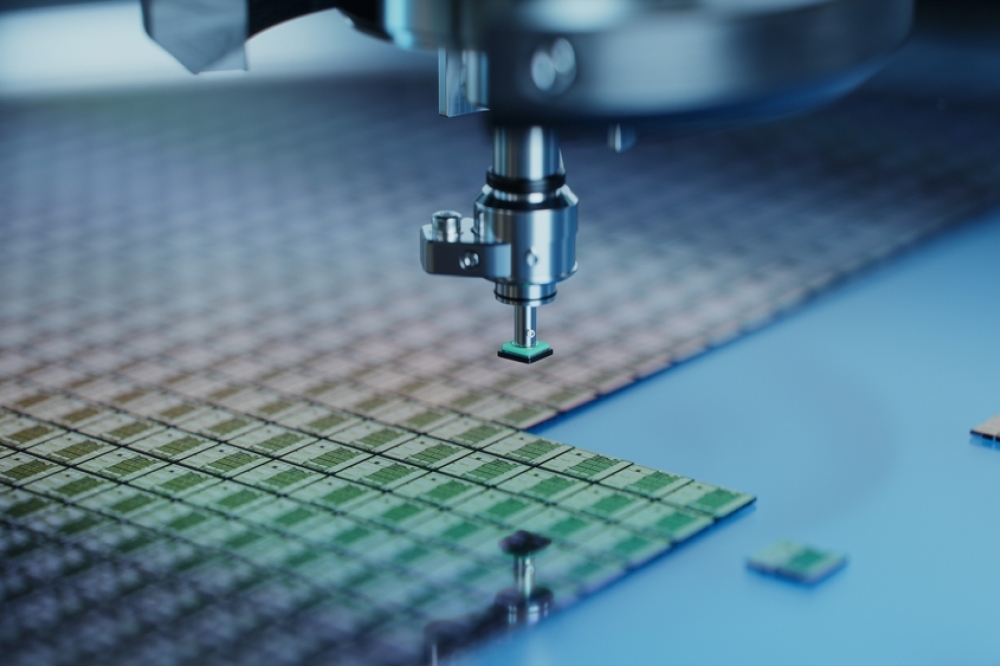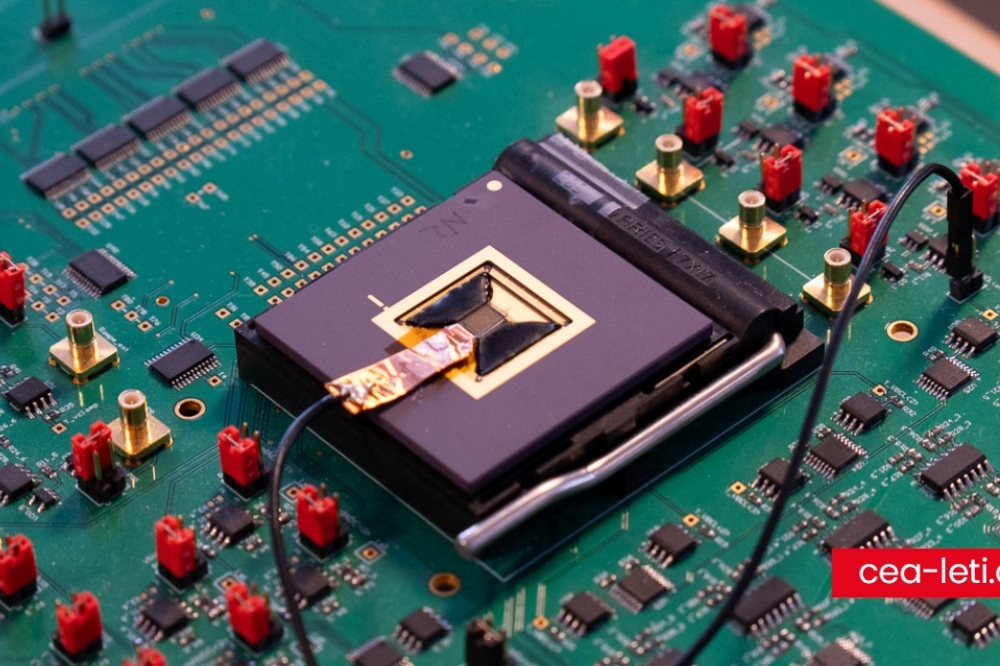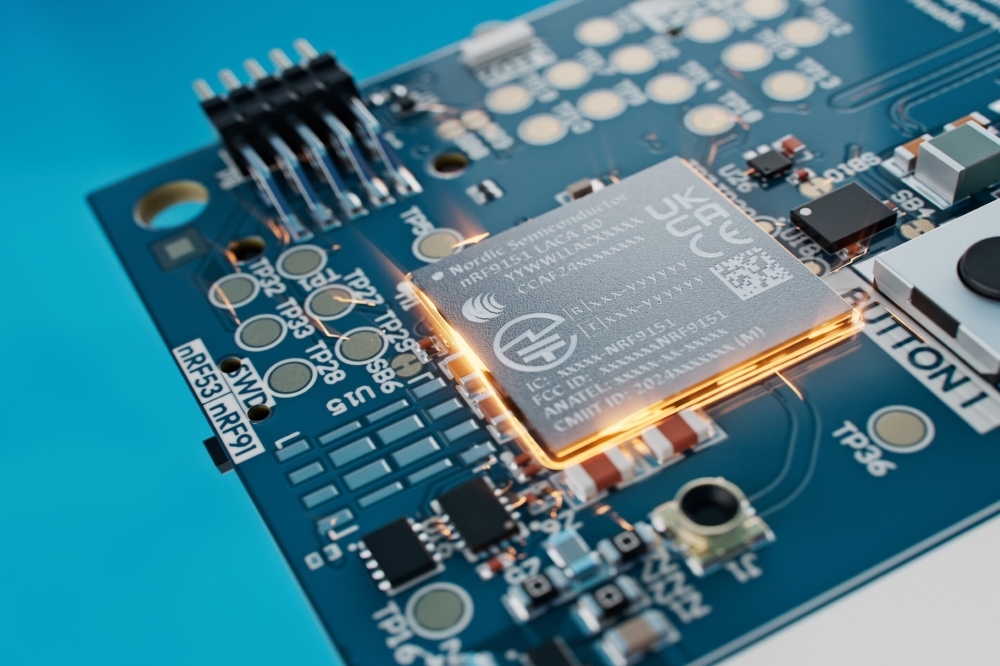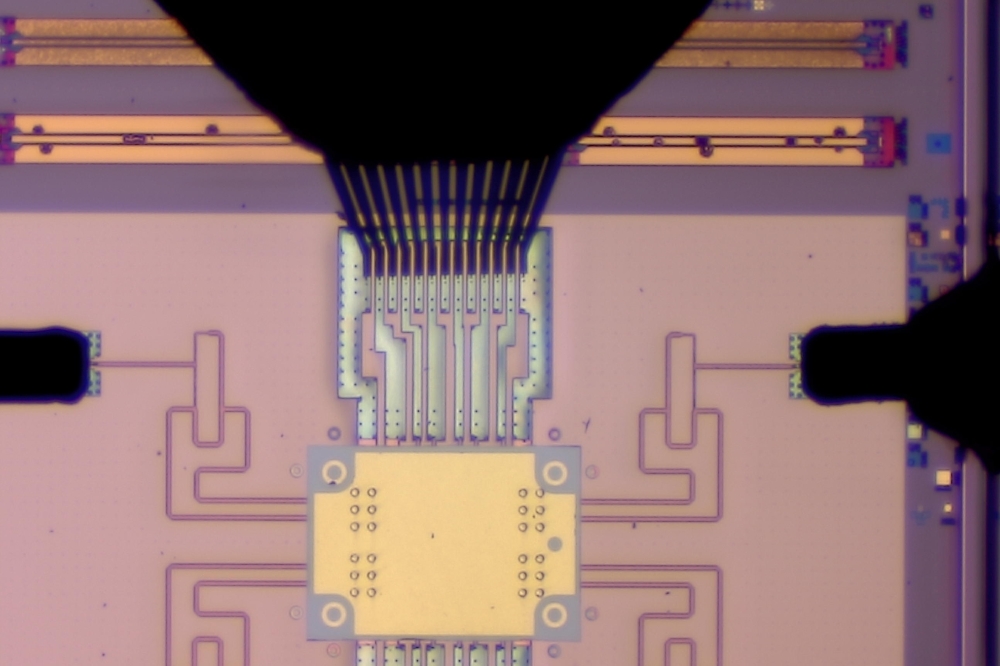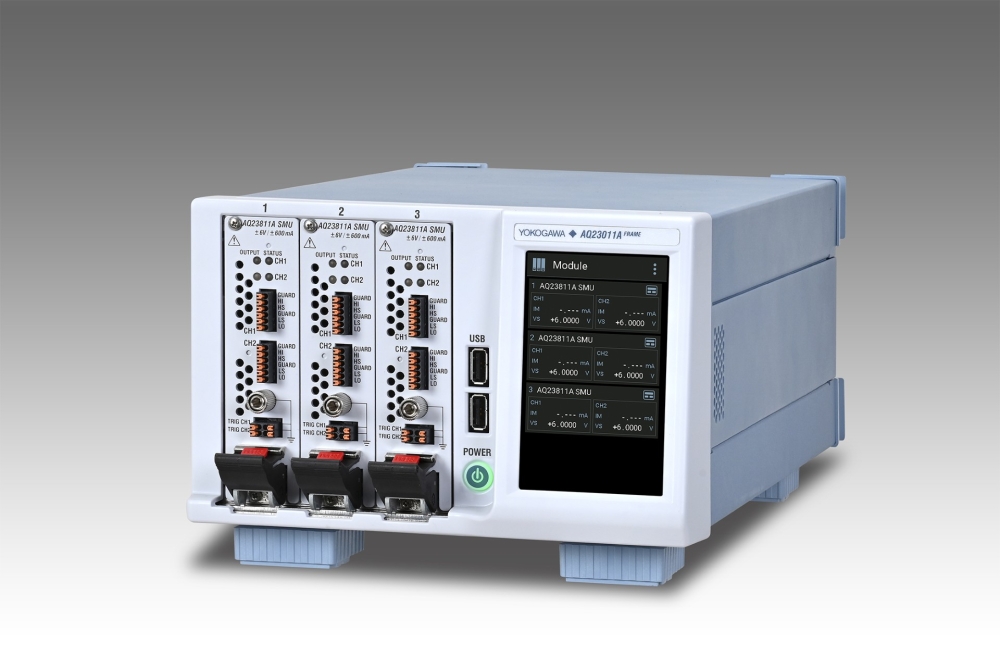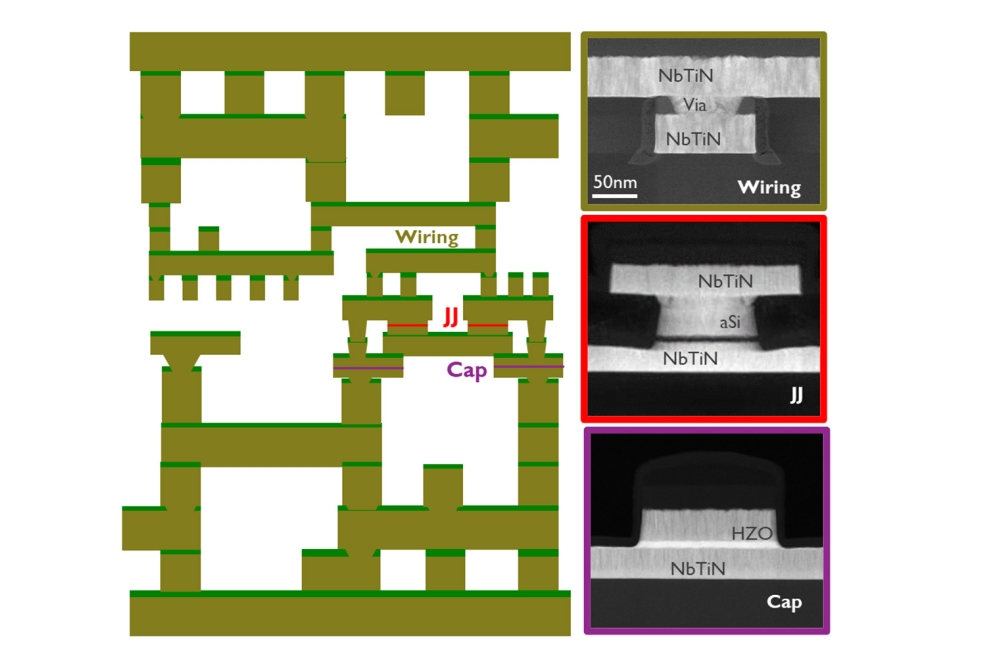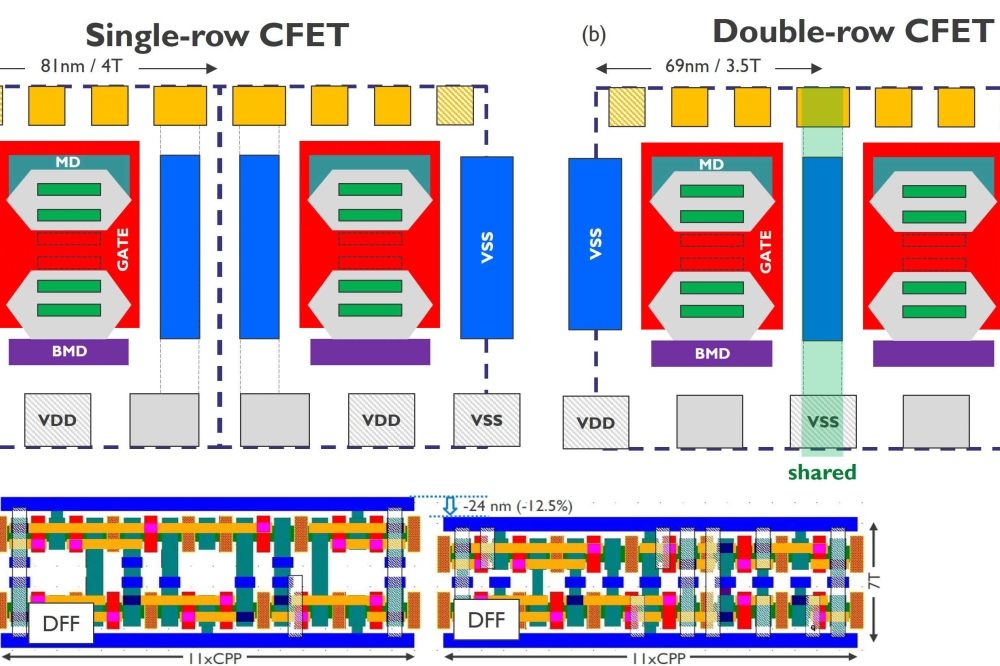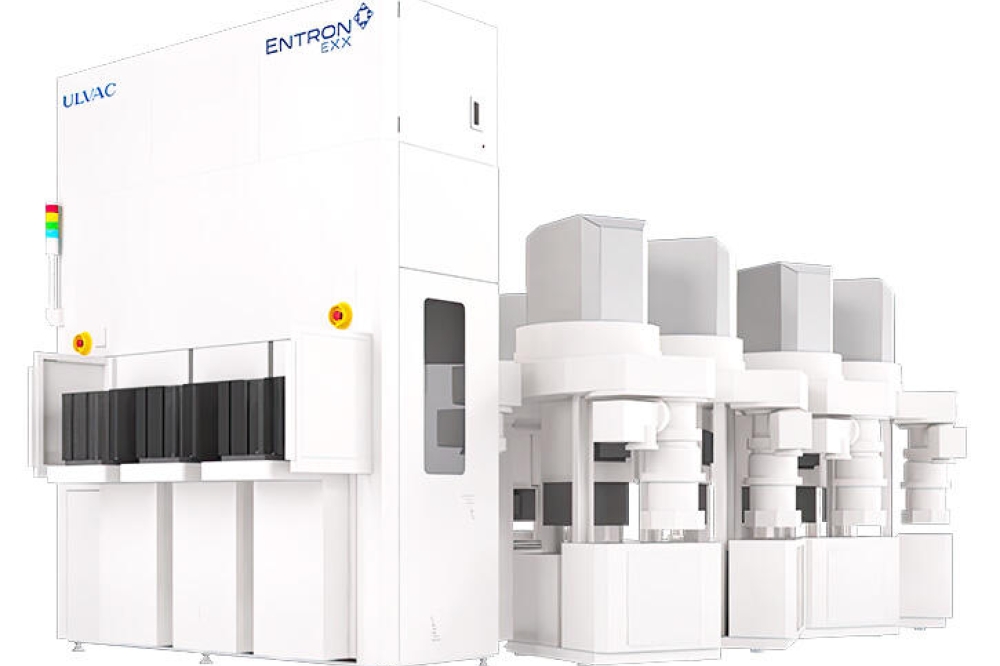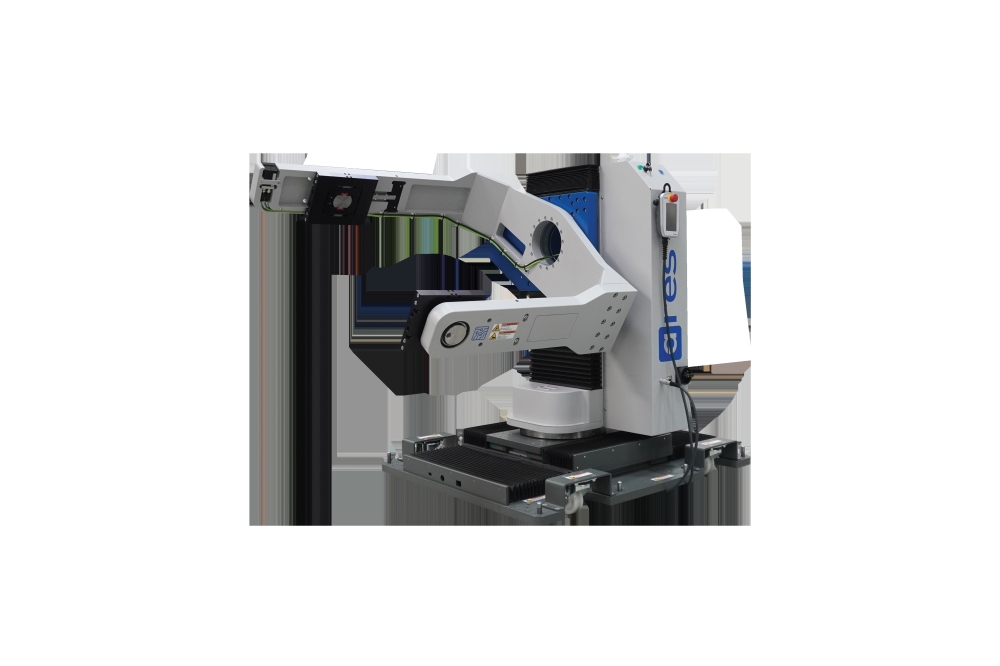SMU optimised for testing emerging nano/2D semiconductor devices
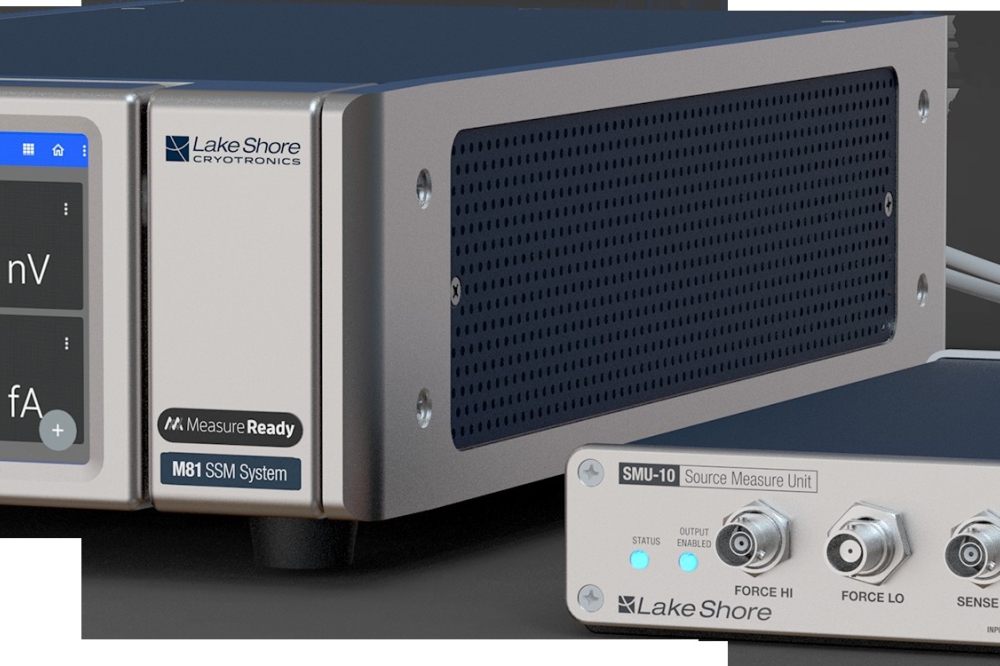
New SMU module for the M81-SSM instrument brings laboratory-grade low-level measurement capabilities to a benchtop instrument.
As traditional materials-based semiconductor devices continue to shrink and operate at ever-lower signal levels, engineers find it more difficult to validate and qualify devices, especially newly emerging devices made with next-generation nanoscale materials. Now, Lake Shore Cryotronics, a leading manufacturer of scientific instruments and temperature sensors, has introduced a test instrument optimized for characterizing nanoscale and other low-power semiconductor devices.
The new SMU-10 Source Measure Unit expands the module offering of Lake Shore’s MeasureReady™ M81-SSM Synchronous Source Measure (SSM) System and enables engineers to easily source and measure signals that would otherwise be swamped by electrical noise.
The M81-SSM system with SMU-10 module is useful in any low-power test applications that have challenging signal-to-noise ratios. Primary applications include I-V characterization of transistors used in specialized sensors, nanoelectromechanical systems (NEMS), quantum computer readout electronics, and emerging specialized and integrated circuit nanoscale semiconductor-based devices.
Devices continue to shrink, driving new testing challenges
To pack more processing power into ICs, manufacturers have continually been shrinking (scaling) the feature size of semiconductor devices. As part of this scaling evolution, each successive generation of devices must be characterized with reduced voltage, current, and power levels because ever-smaller new devices operate at correspondingly lower signal levels. The future adoption of emerging nanoscale semiconductor materials and devices will only accelerate these low-level signal trends.
As a result, testing these advanced devices requires sourcing and measuring at extremely low levels, presenting new instrumentation and measurement signal challenges interference. Increasingly, background electrical ambient and test setup-induced noise can be on par with — and often greater than — the signals of interest.
The M81-SSM system addresses these measurement challenges with low-noise-optimized source technologies integrated with highly sensitive and selective measurement capabilities. These capabilities utilize synchronous AC detection methods and advanced filtering in conjunction with the SMU and the system’s other remote amplifier modules.
Chuck Cimino, Senior Product Manager for Lake Shore, said, “The new SMU-10 makes highly sensitive, selective AC detection technology used in research labs conveniently available to semiconductor design and test engineers. Using the familiar four-instruments-in-one SMU format, they can easily make extremely sensitive, low-noise measurements.”
First SMU with both AC and DC sourcing and measurement capabilities
To avoid noise and extract very small usable signals, the M81-SSM system employs frequency and phase-sensitive technology—also known as lock-in amplifier technology—used by research scientists for decades. The source signal is set for AC at a user-determined amplitude and reference frequency, and the measurement processor “locks in” on only those signals while ignoring any other offsets and noise signals not at the exact reference frequency. The M81-SSM system with the new SMU-10 module is the first I-V characterization system to combine both AC and DC capabilities with synchronous AC detection measurements.
The M81-SSM system’s maximum signal bandwidth of up to 100 kHz (I-range dependent) allows testing across a wide range of user-selectable frequencies (and DC) to optimize results by avoiding power line and other known interfering signals. In addition, the well-proven ultra-low sensitivity of such synchronous AC measurements significantly reduces the stimulus signal power applied to devices, further eliminating unwanted thermal effects that could alter the device’s baseline characteristics. Because the system and all modules provide both AC and DC signals, a user can easily switch between or combine DC and/or AC measurement modes — all without changing the physical setup.
Ultra-low noise source combined with ultra-sensitive measure capabilities
The SMU-10 module performs measurements with very low source and measure noise and high sensitivities of below 10 nV/√Hz (AC) and below 100 fA (DC) with maximum voltage/current levels of ±10 V and ±100 mA DC/peak.
The M81-SSM system and SMU module’s source noise performance is several orders of magnitude below that of conventional DC SMUs. The measurement sensitivity is also decades below conventional DC SMUs. Adding the AC capabilities, the measurement sensitivity reaches down to tens of nanovolts.
The SMU-10 module, like all M81-SSM modules, leverages the excellent M81-SSM system noise performance as it is also a purely analog module without high-speed digital circuitry and the accompanying high-frequency noise. All modules, including the SMU-10 module, are physically remote from the M81-SSM instrument, which houses all the high-speed digital processing and data converter circuitry. In addition, the modular architecture allows the signal amplifier modules to be located very close to the device under test (DUT). Using the shortest possible signal-level test leads minimizes the addition of ambient, power line, and machine noise that could otherwise be coupled into and contaminate the desired low-level signals of interest.
Synchronized sampling for precise timing
When using multiple SMU-10 modules or in combination with other types of M81-SSM modules, the M81-SSM instrument synchronously samples all source outputs and measures inputs at 375 kilosamples per second (kSa/s). This patented MeasureSync™ technology provides tightly synchronized data collection and eliminates data misalignment errors. The technology also facilitates accurate timing control important for pulsed I-V and other time-dependent measurements that minimize heat build-up in low-power and emerging nanoscale devices.
Advanced resistance mode
When the M81-SSM system’s lock-in mode is used to measure resistance, the instrument can compensate for phase shifts caused by parasitic cable capacitance and present a more accurate resistance measurement. This advanced AC resistance function operates with all combinations of M81-SSM modules, including the new SMU-10 module.
Testing three-terminal devices
The M81-SSM instrument can control up to three SMU-10 modules for synchronous and independent control of the gate, drain, and source of a FET or other complex semiconductor devices. As an example, the M81-SSM system can sweep gate voltage while monitoring gate current and measuring channel current as a function of gate voltage.


